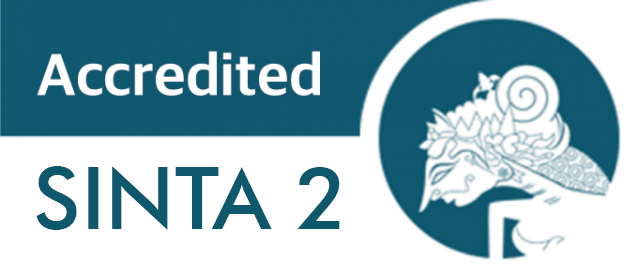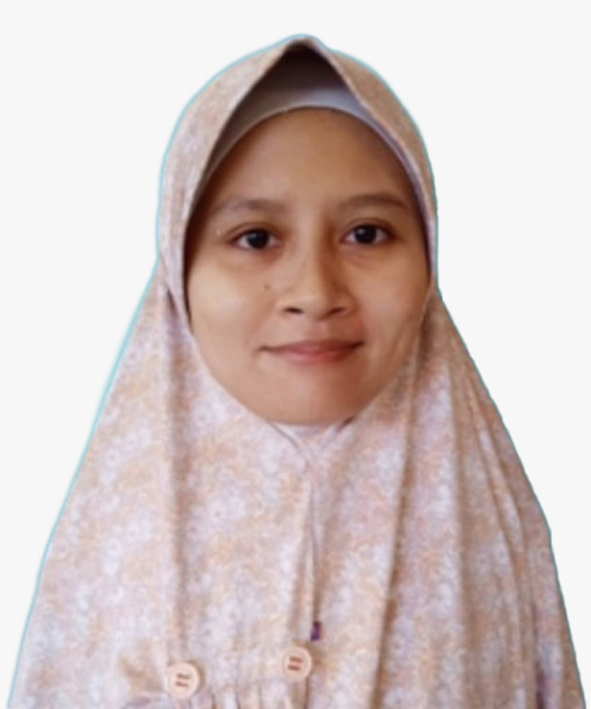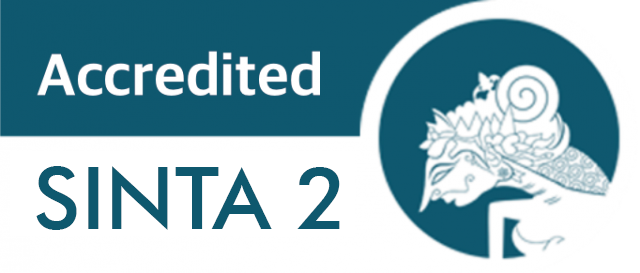The Relationship Between Coping and Stress Levels in Students from The Class of 2020 at The Faculty of Medicine, Palangka Raya University, During Their Thesis Preparation
Downloads
Introduction: Academic stress is prevalent among final-year students, with thesis preparation being a significant source of this stress. Coping are essential as they effectively represent the body’s conscious adaptive responses to reduce stress through self-adaptation. This research determines the relationship between coping and stress levels in students from the class of 2020 at the Faculty of Medicine, Palangka Raya University, during their thesis preparation. Methods: The study employs a quantitative analytical observational design with a cross-sectional approach. Simple random sampling was utilized for participant selection. The research instruments comprised coping questionnaires and the Perceived Stress Scale (PSS-10). Data were analyzed using Charles Spearman’s correlation analysis with a confidence interval of 95%. Results: Out of all 96 respondents, 49 individuals (51%) had good coping skills, and 80 individuals (83.3%) experienced moderate stress levels. Notably, among the 49 participants exhibiting good coping, a majority (42 individuals or 85.71%) experienced moderate stress levels. The Charles Spearman test findings revealed a significant value of 0,013 (p < 0.05) with a weak correlation and the opposite direction (r = -0.252). Conclusion: There is a significant relationship between coping and stress levels in students from the class of 2020 at the Faculty of Medicine, Palangka Raya University, during their thesis preparation.
Copyright (c) 2024 Netanya Gloria, Natalia Sri Martani, Syamsul Arifin, Helena Jelita, Astri Widiarti

This work is licensed under a Creative Commons Attribution-ShareAlike 4.0 International License.
1. Copyright of this journal is possession of the Author, by the knowledge of the Editorial Board and Journal Manager, while the moral right of the publication belongs to the author.
2. The journal allows the author(s) to retain publishing rights without restrictions.
3. The articles are published under a Creative Commons Attribution Share-Alike (CC BY-SA) license. Many research funding bodies prefer the CC BY-SA license because it allows for maximum dissemination and re-use of open access materials. Users are free to share (copy, distribute, and transmit) and remix (adapt) the contribution under this license, including for commercial purposes, as long as they attribute the contribution in the manner specified by the author or licensor.




























